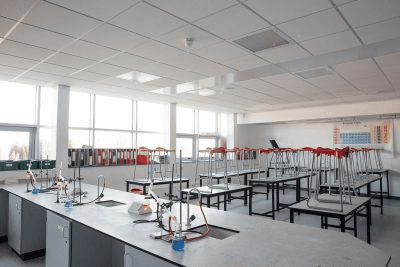
Planning and organisation are critical for an efficient shutdown
Before a school shutdown can take place, there needs to be rigorous planning carried out by the electrical engineers to ensure an efficient shutdown can take place within the timeframe. Scheduling and organising enables a safe and structured performance of maintenance operations. The plan will ensure the inspection, maintenance, and remedial actions can be conducted to make the school safety compliant before the school break is over.
 About BES Group
About BES Group Accreditations & Credentials
Accreditations & Credentials Our Environmental, Social & Governance
Our Environmental, Social & Governance Careers at BES Group
Careers at BES Group Our Senior Leadership Team
Our Senior Leadership Team